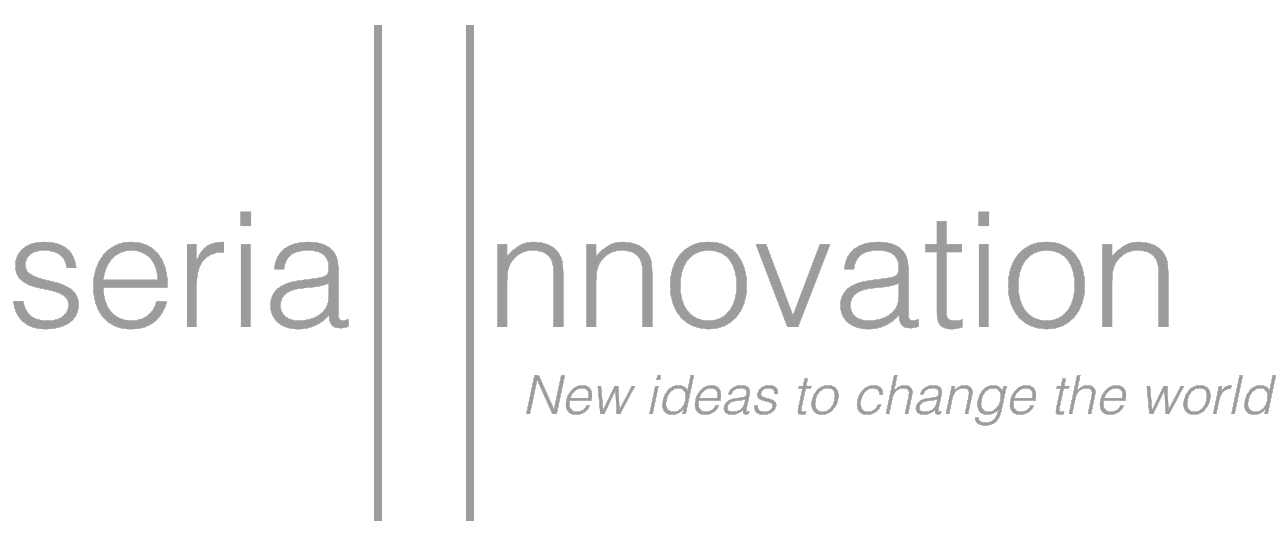Now that water is a viable choice for city residents, how do you get them to choose it? First, forget about everything that’s been done before. When you think of water advertising what do you think of? Clear crisp blue backgrounds, with cool droplets of dew and waterfalls. Always waterfalls. You think of arguments against tap-water, and mechanisms clamped to faucet-heads. You think of bottles that are now thinner and more renewable. Airy mountains in Europe and deep aquifers in Fiji. Square bottles and bottles the size of barrels and bottles with thin plastic bottle-caps that are a nightmare to twist back on. Well, forget all of that. Because we’re not trying to sell bottles or filters and we’re certainly not trying to protect our own soda business (I’m looking at you DASANI and Aquafina). No, we’re trying to go head to head as a viable alternative to soft drinks. Our water is not being marketed as a convenience or a luxury or a precaution against disaster; it’s being marketed as a choice.
But how in the world will the health department of one city compete with an industry where Coca-Cola alone spends about $3 billion a year on marketing? Don’t the soda companies have an advantage there? Yes. But the city has one advantage over the soda companies: it owns this town.
The NYC Department of Health can use its special access to the city to its advantage and do things that its competitors could only dream of.
10 Ways to Fight Soda in New York City
10. Soda Fountain
Rig Bethesda Fountain in Central Park to run on dark cola. Within a few days, the pipes and arteries of the fountain will be clogged and worn down by the acid in the cola. The lip and pool and famous face of the fountain will be stained an ugly brown, and the spouts will become defective. The message: “You wouldn’t run your fountain on brown sugar water; why would you run your body?” This will attract press and public attention, and as an added bonus it would get more people to the park. Of course, this effort can be done in concert with a restoration to ensure the fountain is restored soon after.
9. Soda Skating
Commandeer the famous ice-rink in Central Park or Rockefeller Center and install a layer of dark brown soda on top. When visitors try to skate, they trip in a pool of sticky slush. The message: “Soda is weak underfoot; if it’s not strong enough to skate on, why is it strong enough to stake your health on?”
8. Sugar Sculptures
Each year, the average American consumes more than 5 gallons of sugar from soft drinks, or about 44 pounds. That means that within five years, the average American consumes more than their body weight in sugar just from soft drinks. To visualize this fact, work with city artists to commission a series of sculptures made out of brown, white, and yellow-speckled clumps of sugar. The sculptures should be in the shape of these average Americans—some fit and slim, others obese—and installed outside of major NYC subway stations and intersections for all to see. Over time, the statues will attract ants and other insects, and rain will take its toll, so that New Yorkers can see these great works of art slowly eaten away into grotesque forms of what they once were.
7. Sugar Spa Surprise
Partner with a local health-conscious spa or spa-system in NYC to offer select residents spa visits. But when they go to relax in the pools or the refreshing showers and steam-rooms what should they find but dark brown soda pouring out of the spouts. The message: “Soda isn’t as refreshing for your body as it is for your taste buds. Choose water.”
6. Celebrity Water
Like the Shirley Temple, drinks named after celebrities can have a life of their own. New York City should partner with iconic NYC celebrities and top chefs to concoct a menu of refreshing spa-water beverages that can be easily made by restaurants across town. Simple flavored water combinations using ingredients like peach, pear, apple, lemon, lime, or even cucumber could help increase the appeal of water. To make the beverages more widely available, the city could work with local growers and help distribute fresh produce. To increase the campaign’s reach, the city could work with grocers like Trader Joe’s and iconic gourmets like Zabars to make the “recipes” and ingredients available for the home. The drinks could be featured in traditional advertising and introduced by their namesakes on New York City news shows, such as Today and Good Morning America. Ideally, the drinks would be unveiled in a series, probably one a week, to build anticipation and increase the likelihood that more celebrities choose to participate. Success hinges on people already knowing the names of these celebrities, so only top talent with household names should be engaged.
5. Money Pitchers
Drinking soda costs money. Especially when you’re out to a restaurant. In fact, for a family of four eating out, choosing water over soft drinks could save about $12—plus an extra dollar for tax. If the average family eats out just once a month, that adds up to over $150 a year. To make these savings feel real, the city can partner with select restaurants to put a pitcher of money on the table in place of a pitcher of water. If restaurant guests order water they get to keep the pitcher; if they order soft drinks instead, the wait staff removes it. Obviously this couldn’t be too widespread, since the costs would quickly mount—but with just a few thousand dollars at select restaurants and for a few guests, the city could get a lot of media attention and raise awareness of the money-saving properties of water.
4. Withering Gardens
Under the guise of a city beautification effort, install a series of flower gardens at iconic locations. In fact, even have Mayor Bloomberg dedicate the sites at a springtime ceremony. Over the course of a few weeks, however, residents across the city will begin to notice that the flower gardens are wilting, then browning, then dying. The city releases a statement indicating that the gardens were watered with soda. The message: “Thirsty plants die when they drink soda. Thirsty? Drink water.”
3. Soda Faucet
Rig some restroom faucets to dispense brown soda. As people walk out, confused, post a message on the door: “You wouldn’t wash your hands with soda; why would you wash your insides? Drink water.” Under the message, install an antibacterial hand sanitizer so that patrons can still clean their hands.
2. Free Cookies
Set up sites around the city to give out free baked goods like cookies and cakes. Nobody turns down a free cookie. All of the food looks good, but they all taste horrible. The recipes were all corrupted by using soda instead of water. The message: “A good recipe is about chemistry. Disrupt that recipe—by using soda instead of water—and you won’t like what you get. Don’t disrupt your own chemistry. Drink water.”
1. Yellow Snow
Pilgrim Hill is the most popular sledding spot in Central Park. On one particularly crisp snow day, take a section of the hill and douse it in a mix of yellow and brown soda. Kids won’t want to go sledding down the hill and the stained portion will make the news. The message: “When it’s that color, you know there’s something in the snow that shouldn’t be. But if you wouldn’t sled on it, why would you drink it?”







